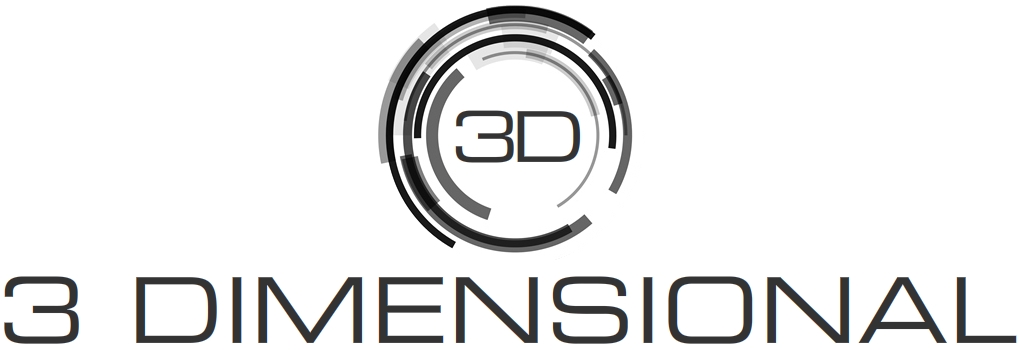The process of high pressure die casting involves molten metal being injected with a die casting machine under force using considerable pressure into a steel mould or die to form products. The casting temperature is roughly 700͐℃ during the casting.
High pressure die casting is a competitive casting method when components have requirements which cannot be achieved by other casting processes, including:
- High volumes and/or
- Better tolerances and/or
- Smooth surface finish
The need for machining is relatively low due to the close casting tolerances. The tooling costs are generally higher than for gravity die casting or low pressure die casting.
High pressure die casting moulds, sometimes referred to as high pressure die casting tooling, are made from steel that has been hardened to withstand high temperatures and extreme pressures. There are many types of high pressure die casting tooling from simple inexpensive inserts to complete high pressure die casting dies that are dedicated to only one part. Once a high pressure die casting tool is produced, the cost to make high pressure die casting parts is very little.
3Dimensional understand that there are many important factors design engineers need to consider every day as they work on a new project. Two of those factors that are becoming even more critical are quick to turn around times and getting to the marketplace before your competition.
Recruiting 3Dimensional early in the design process is an important step to decrease lead time and give you a competitive advantage. When our engineers are involved prior to the finalisation of a print, they are able to use their die casting knowledge to suggest modifications that can improve the manufacturability of the part. This may significantly reduce lead time and even the cost of the component.
By involving an engineering team early, you are making an impact by reducing the lead time by allowing us to:
Suggest design changes to improve manufacturability
- Ensure the design accounts for high-volume production with design changes such as a simple radius or draft angle modification, which can result in a longer tool life, higher repeatability, and lowered costs
- Suggest alternative materials or processes that can increase performance and decrease cost

Write a Comment